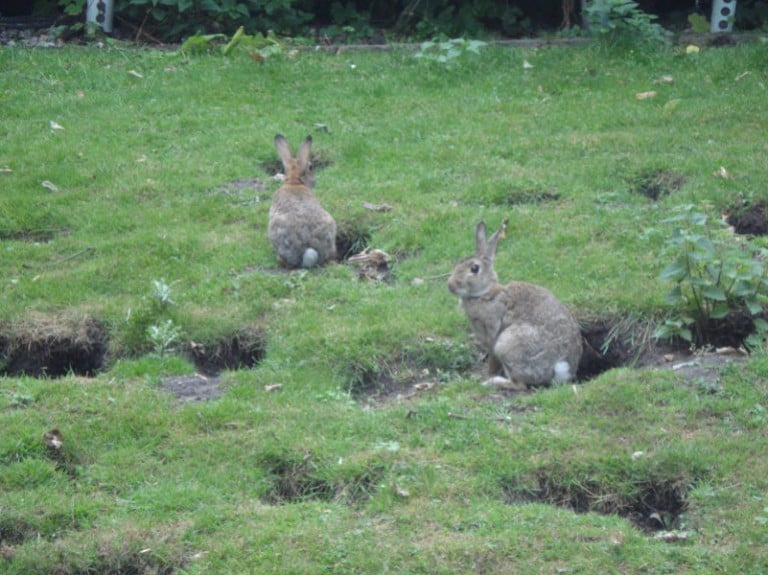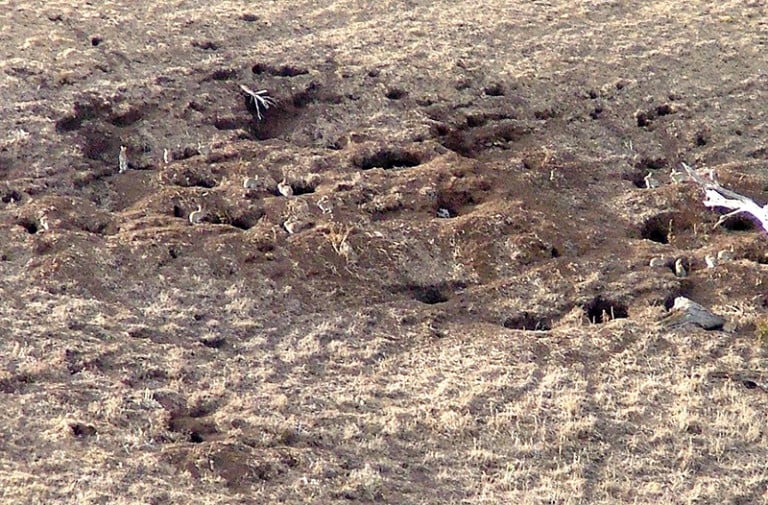Rabbit Control Program

Using the latest technologies we can control the rabbit population and reduce the damage they cause to your vegetation and to our native wildlife. other rabbit control programs are available
- Pindone Oat baiting
- Shooting
- Warren Fumigation
- RHDV (latest in rabbit control)
Why RHDV is a good control tool:
Rabbit Viral Hemorrhagic Disease (VHD) is a highly contagious disease caused by a calicivirus that affects only rabbits of the Oryctolagus cuniculus species. This includes wild and domesticated European rabbits, from which our own wild and domesticated rabbits are descended.. RHDV is also known by several other acronyms: RHD (Rabbit Hemorrhagic Disease), RCV (Rabbit Calicivirus), and RCD (Rabbit Calicivirus Disease).

Environmental Impact

Wild rabbits compete with native wildlife, damage vegetation and degrade the land. They ringbark trees and shrubs, and prevent regeneration by eating seeds and seedlings. Their impact often increases during drought and immediately after a fire, when food is scarce and they eat whatever they can. Feral rabbits may have caused the extinction of several small (up to 5.5 kilograms) ground-dwelling mammals of Australia’s arid lands, and have contributed to the decline in numbers of many native plants and animals.

